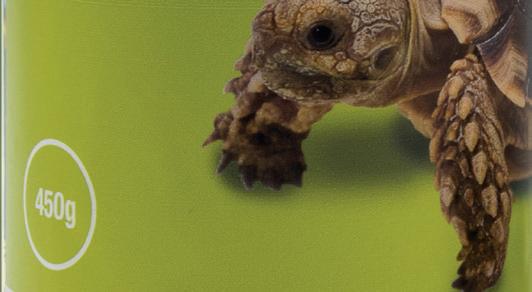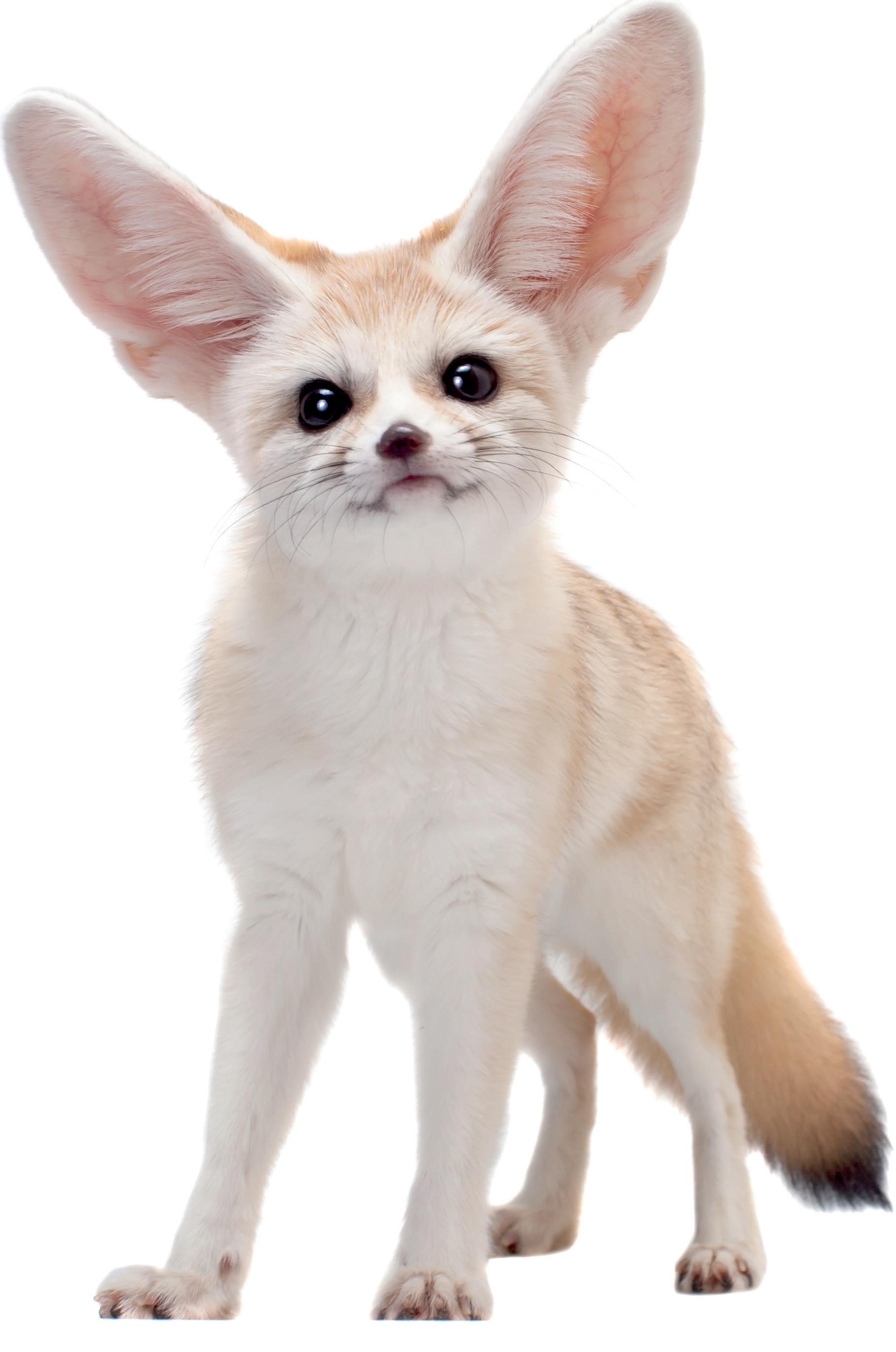
10 minute read
SPECIES SPOTLIGHT
The wonderful world of exotic pets
Fennec Fox (Vulpes zerda)
Advertisement
Fennec foxes are the smallest of the Canids. Coming from Saharan Africa, these tiny animals are perfectly designed for life in the desert. As well as having heavily furred paws to protect from the hot sand, their light colouration and oversized ears help to dissipate heat from the hot sun.
Of course, their angular ears are primarily hunting tools. Fennec foxes will tilt their heads, using their sensitive ears to triangulate prey beneath the sand, which consists largely of invertebrates. Unusually, these tiny carnivores have also evolved to survive without ever drinking. Instead, they get their moisture almost entirely from vegetation and prey items.
Fennec foxes are largely nocturnal, spending the majority of the day in their communal dens. Being highly sociable creatures, they opt to live in small groups of up to 10 individuals. Their cryptic behaviour means we still know very little about these group dynamics.
As with many highly specialised exotic mammals, fennec foxes pose a challenge for prospective owners. Their popularity in the US pet trade has trickled slightly into the UK with a number of people keeping them privately, despite their limited availability. Ensuring that the animal is maintained to zoological standards and is not treated synonymously with small, domesticated dogs is an important first step to providing acceptable husbandry and still presents an issue in the USA.
Having such a large distribution across Northern Africa, fennec foxes are not considered threatened. However, some populations have been decimated due to hunting and entrapment for tourism. Being small carnivores, their role in controlling rodents and locusts means fennec foxes are beneficial to agriculture, despite their persecution.
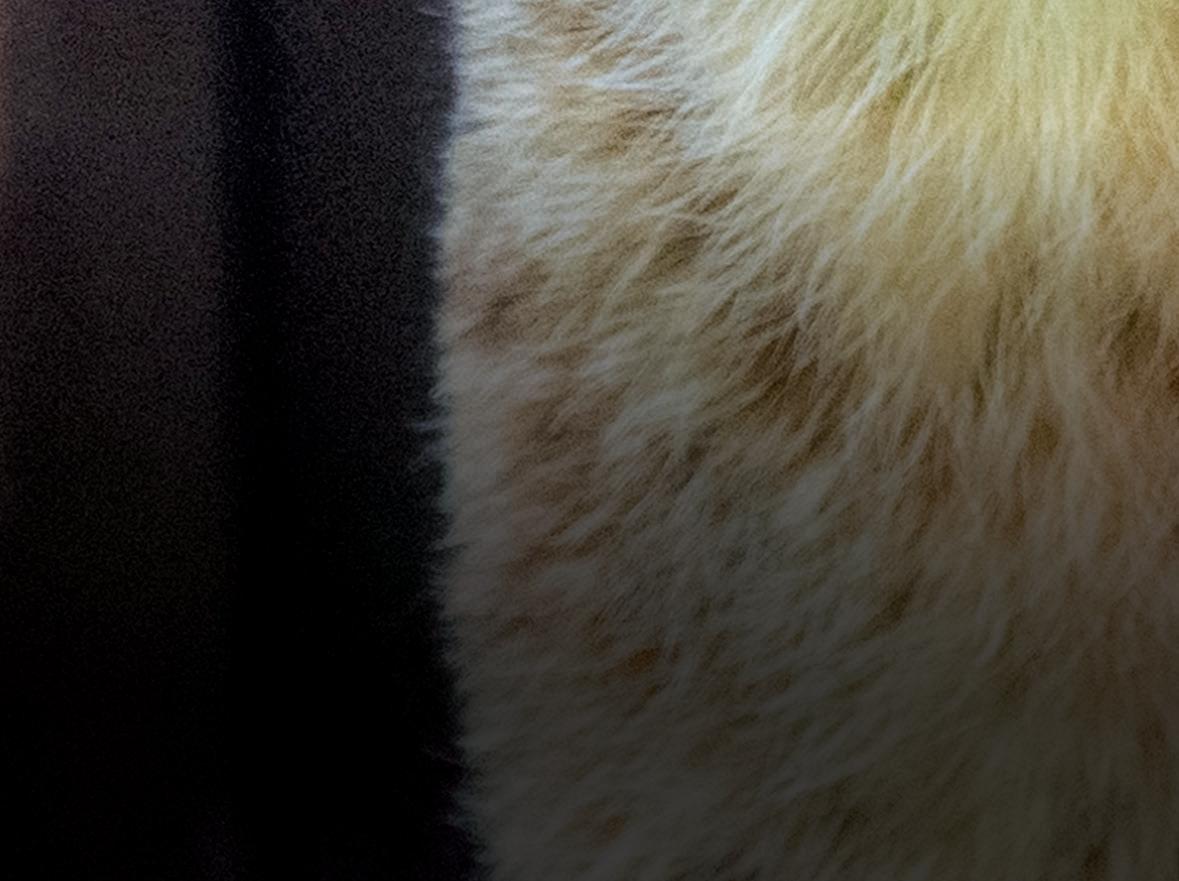
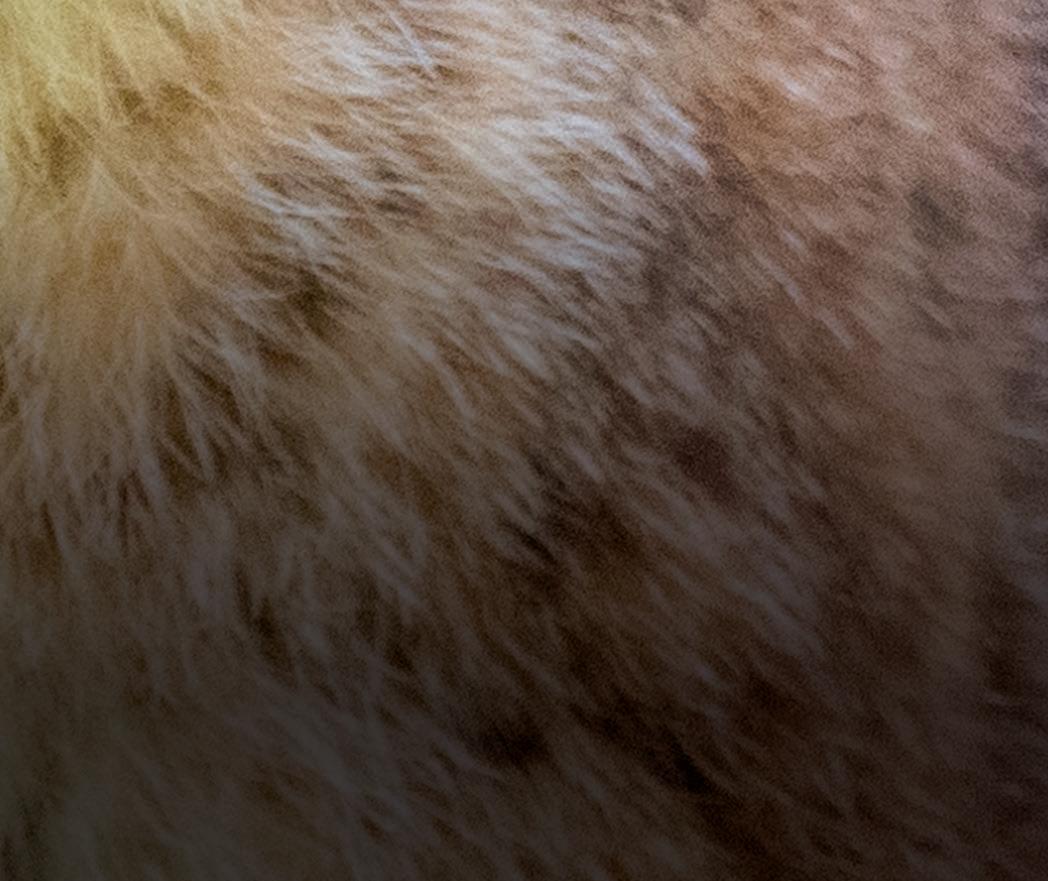
With zoos having to strike a fine line between being educational whilst also being economically viable, certain species are more favourable than others. We are taught to love exotic animals like lions, tigers and elephants from an early age, but what about the animals deemed less interesting by society?
The New Forest Wildlife Park is one of the few zoos in the UK that focuses almost entirely on European species. The zoo, which began as a rescue centre at a facility in Derby now hosts multiple breeding projects aimed at preserving threatened European species such as European bison (Bison bonasus), pine martens (Martes martes) and Eurasian otters (Lutra lutra).
Alex Cottrell, Keeper at New Forest Wildlife Park said: “We emphasise native species because it’s our passion and our founder’s passion. It is great to get people in and introduce them to animals that live or used to live in the UK. We have European bison here, they’re some of the larger animals and very endangered with only around 5000 left but we also have owls and otters too. It’s nice to focus on the animals that are overlooked. These animals play an important part in the natural ecosystems.”
By focusing on a specific geographic location, presenting a holistic look at the interconnectedness of the ecosystem becomes much easier. Boasting a ‘frog pond’, various wildflower areas and set in a wider woodland environment, New Forest Wildlife Park helps paint a picture of the natural world from a different perspective.
Alex continued: “Most zoos have their big 5 but it’s so important for collections to have other species. It’s fine that they want these big animals to bring people in and that money can be passed down onto other species that need just as much help. We emphasise the smaller ones such as European tree frogs, harvest mice and badgers. People don’t realise that there needs to be a focus on habitat restoration, breeding projects, those sorts of things and so to emphasise the small animals helps to show the bigger picture.”
“Getting up close to animals is so important for the education of people at any age. Getting introduced to animals at a young age is important to realise they are friendly, and they are important. But, for older people, just meeting a keeper will let them know these animals are individuals. They all have unique personalities, and all demand a certain level of respect.”
The park’s focus on unassuming species creates great opportunities for discussion. For example, the grey partridge (Perdix perdix) has seen a 91% decline in population numbers between 1967 and 2010. Major efforts are underway to triple the number of breeding pairs which previously sat at 43,000. Despite being appointed as a UK
What Really is ‘Exotic’?
Biodiversity Action Plan Priority
Species, this bird is still often confused for the red-legged or French partridge (Alectoris rufa) which was introduced as a game bird in the 1700s and has a very healthy and stable population. New Forest Wildlife Park has chosen to display the grey partridge, with ambitions to breed them in the future, to introduce visitors to the threats that face this native species. Being a small collection, visitors also get more opportunities to speak to keepers throughout the day and while some animals will be more appealing to younger visitors, many parents or older visitors can be introduced to species they would have never previously considered to be threatened.
Jason Palmer, Curator of the Park, manages the studbook for Asian short-clawed otters (Aonyx cinereus). A studbook is a document listing every individual animal in European zoos of a certain species. This helps breeding projects track the genetic heritage of their animals and ensure a healthy captive population and is always managed by an individual keeper or dedicated affiliate of the zoo. Although each individual species demands an entirely different approach, having healthy animals with a diverse gene pool makes the possibility of reintroduction much more promising.
Rewilding the UK
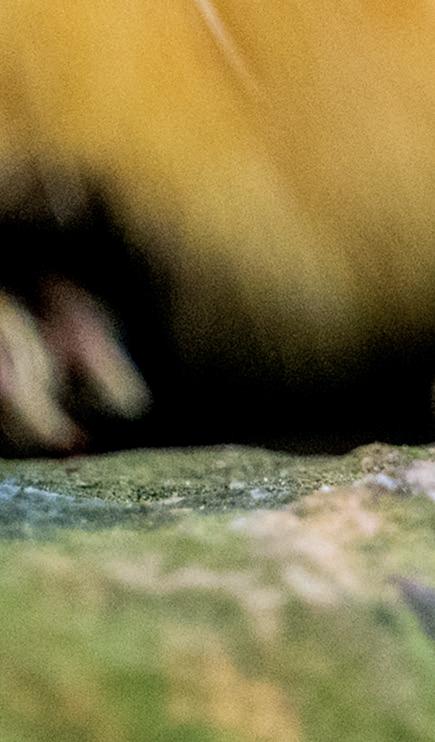
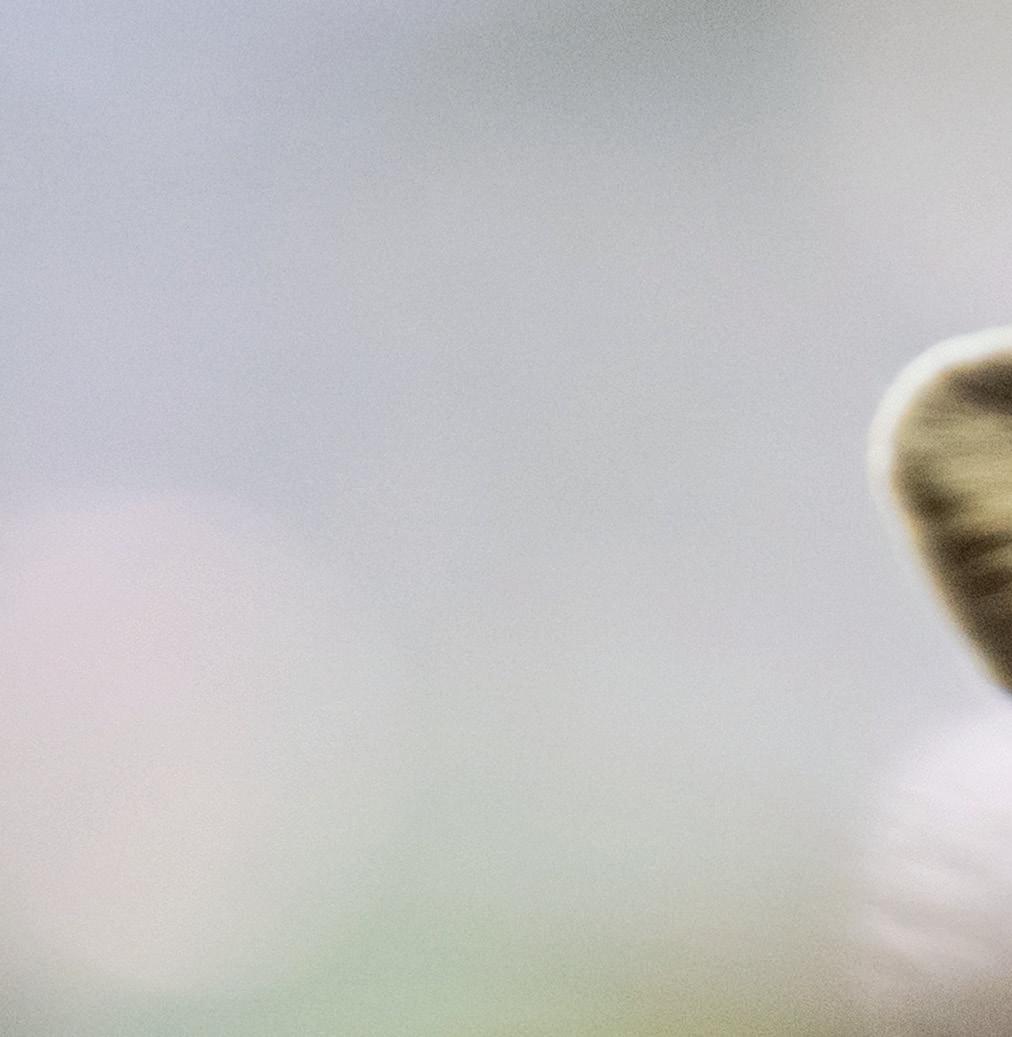
Linguistically, ‘exotic’ is a rather ambiguous term. The definition for this word is described as “originating in, or characteristic of a distant foreign country.” What may be deemed as ‘exotic’ for some, certainly is not exotic for others. This is where the debate around re-wilding the UK becomes slightly contentious. Animals that thrived in the UK just a few centuries ago that have now been entirely eradicated from the island nation are often seen as ‘exotic’ and thus, an alien species.
In previous issues, we have discussed ARC’s involvement in re-wilding pool frogs (Pelophylax lessonae) back into the UK.
However, recent initiatives aimed at bringing slightly larger and potentially more destructive animals back into Britain are well underway. For example, Eurasian beavers (Castor fiber) were reintroduced to the Forest of Dean in 2017, four centuries after they were wiped out from Britain. Now, the area is already benefitting from increased flood resistance and greater soil quality as the animals fill the ecological niche that was subsequently left open. In the Netherlands and Romania, European bison (Bison bonasus) were reintroduced back in 2007. Similarly, these national parks are seeing great ecological benefits as the natural grazing allows for more flora and fauna to thrive, prompting Kent Wildlife Trust to release a small population of bison near Canterbury in 2022.
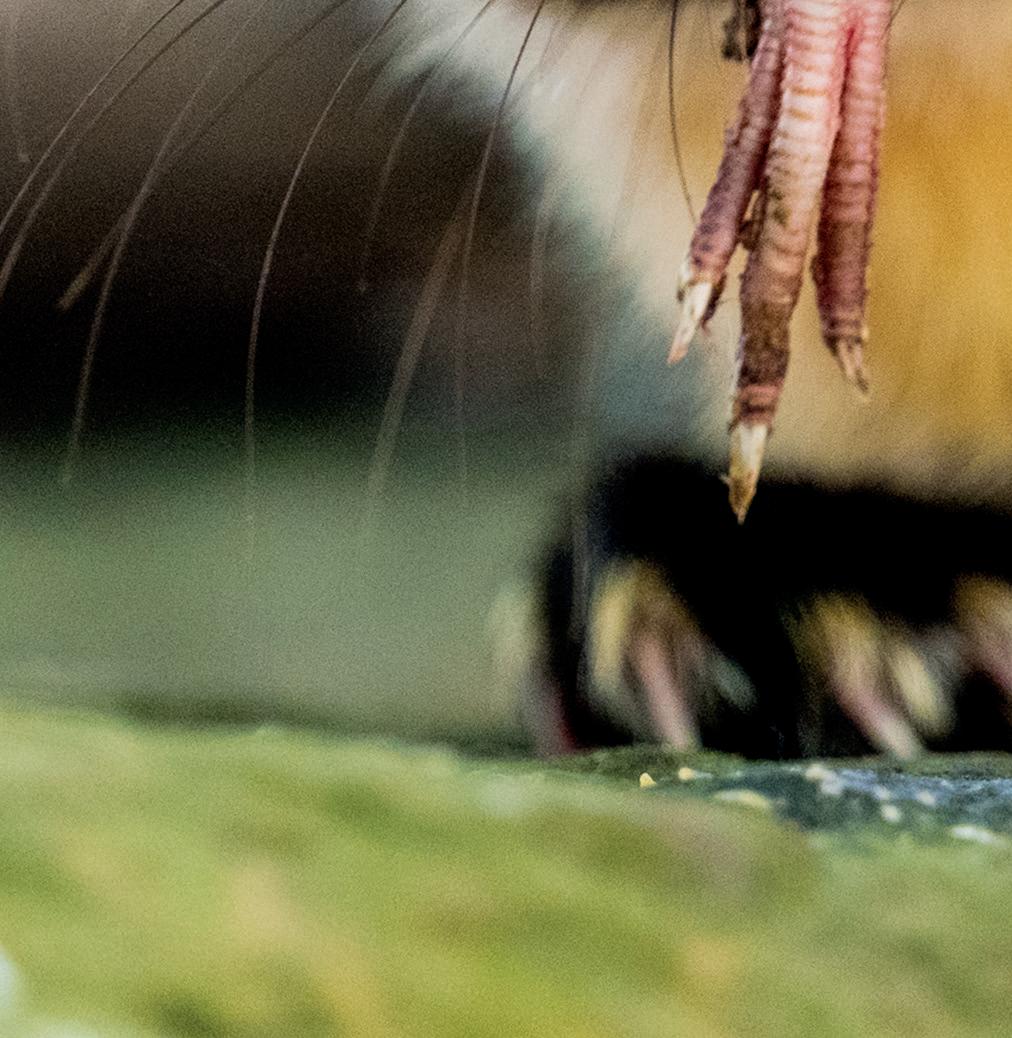
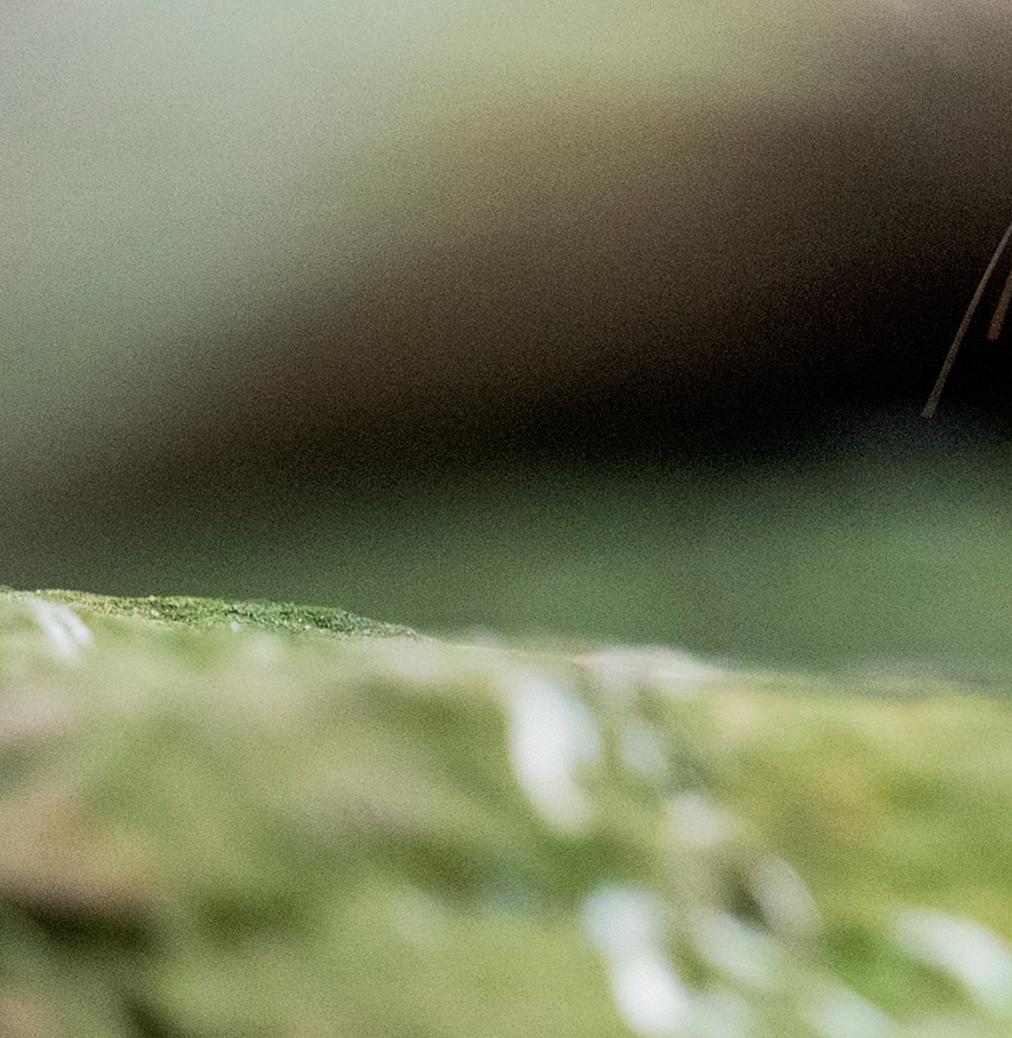
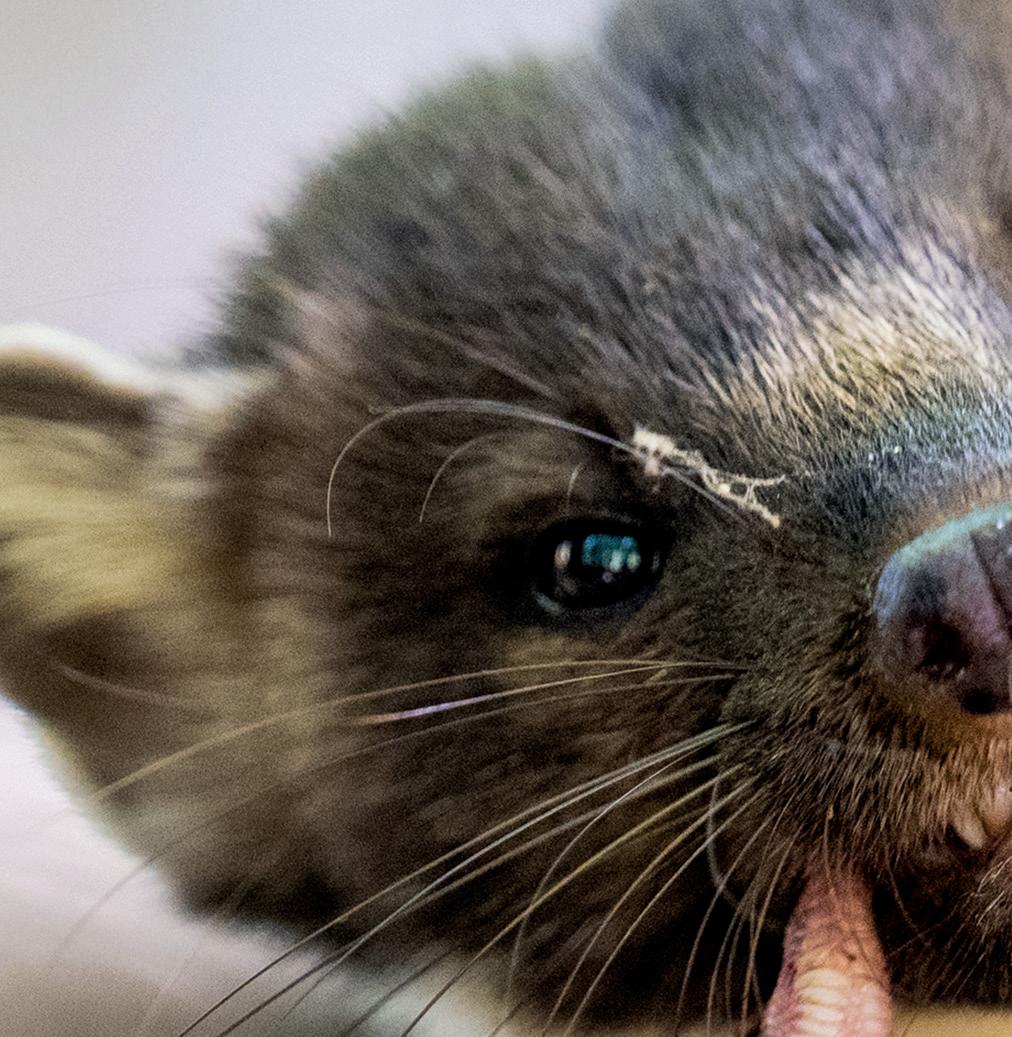
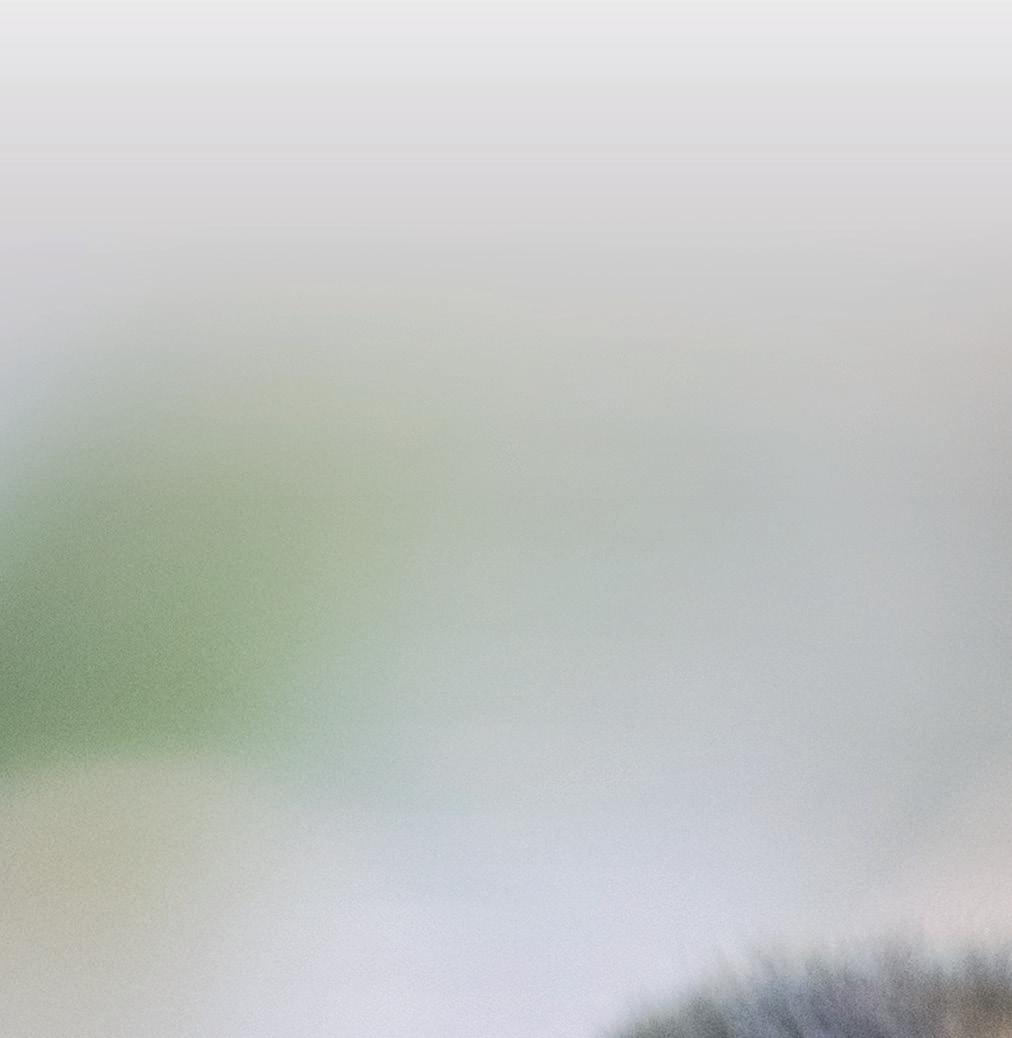

The most current and possibly contentious discussion around rewilding is the reintroduction of the Eurasian lynx. This species went extinct in the British Isles around 1300 years ago. Since then, its remaining range has been decimated particularly in Western Europe. Population numbers dropped to around 700 individuals in the 1950s and have since received great support, stabilising their numbers throughout their remaining range. Being keystone species, they have a huge environmental impact. By controlling Britain’s overpopulation of deer, the lynx can essentially prevent overgrazing, improving soil quality and biodiversity throughout the ecosystem.

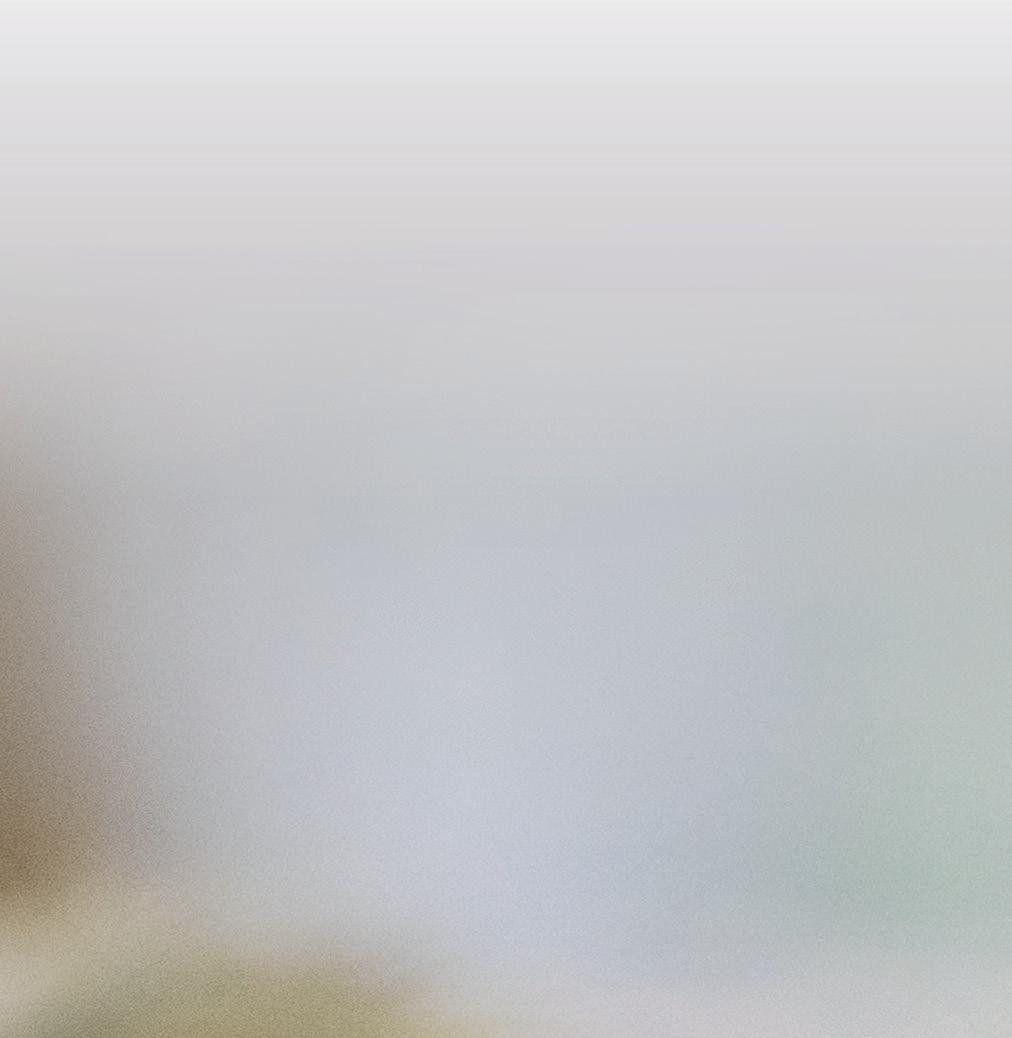
Alex continued: “The UK is an interesting case. We have been at the forefront of industrialisation and farming so much of our country is divided up into farmlands, divided by roads and railways. Lots of habitat disruption has happened and that has prevented gene flow and removed entire species from the wild. The reintroduction of species that have been removed is a big topic but it is important. We have invasive species but we also have native species that both require control in their populations. Obviously there are non-natives like muntjacs (Muntiacus .sp) and grey squirrels (Sciurus carolinensis) which are outcompeting native species. Naturally you would have predators who would control them, predators such as lynx and wolves. This would make sure the ecosystem isn’t overburdened.
What you have is a carrying capacity. An ecosystem can only control so much, it can only feed so much, it can only host so much. Reintroducing predators would be a key way to control that without us being directly involved. There are always going to be negative affects, they might overstep boundaries and they can eat too much. Certain species are worth introducing to the UK and even though there’s positives and negatives, if it’s done in the right way, I think the positives will outweigh the negatives.”
As with any reintroduction effort, there are a lot of aspects to consider. UK farmers are extremely sceptical of introducing apex predators back into our ecosystems. Naturally, there will be crossovers and sheep may be preyed upon. Although Lynx UK Trust’s public survey had a 92.8% approval rating, there are clearly risks involved despite human impact creating the problem in the first place.
According to the WWF, the UK is one of the most naturedepleted countries in the world, with 70% of our countryside converted to agriculture. With such a huge percentage of the country dedicated to just single species, it means that one in seven species of all UK flora and fauna are threatened with extinction. In fact, more than half of all native species are in decline. Re-wilding is therefore often the last measure that authorities can take to help preserve the UK’s precious plants and animals.
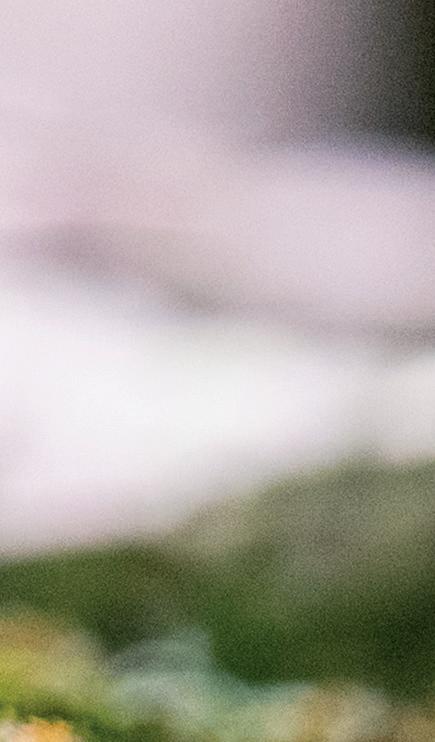

Re-wilding is not limited to large mammals. Anyone can get on board with re-wilding efforts in a whole myriad of ways. Anything from going out and volunteering on huge projects, to simply leaving a patch of the garden to grow naturally will assist in providing a lifeline to threatened species.
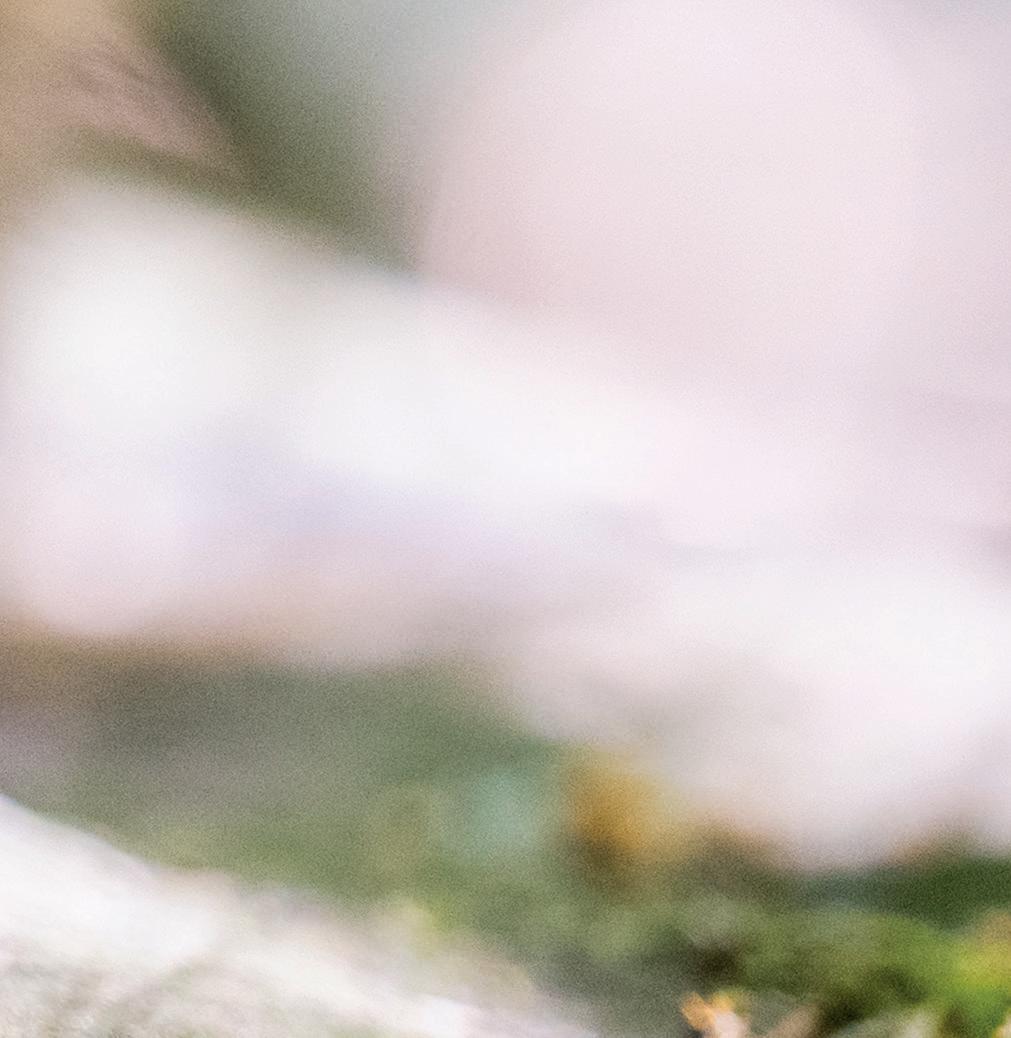
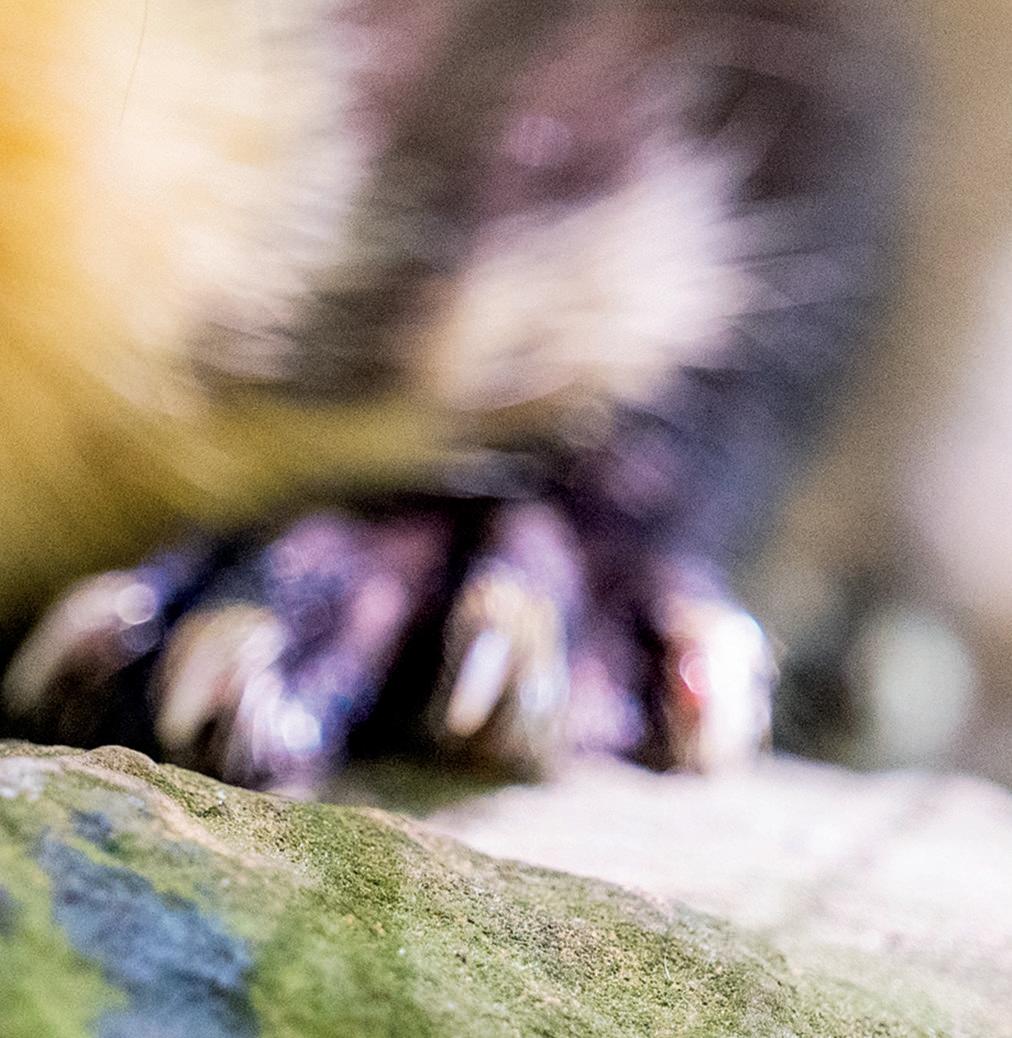
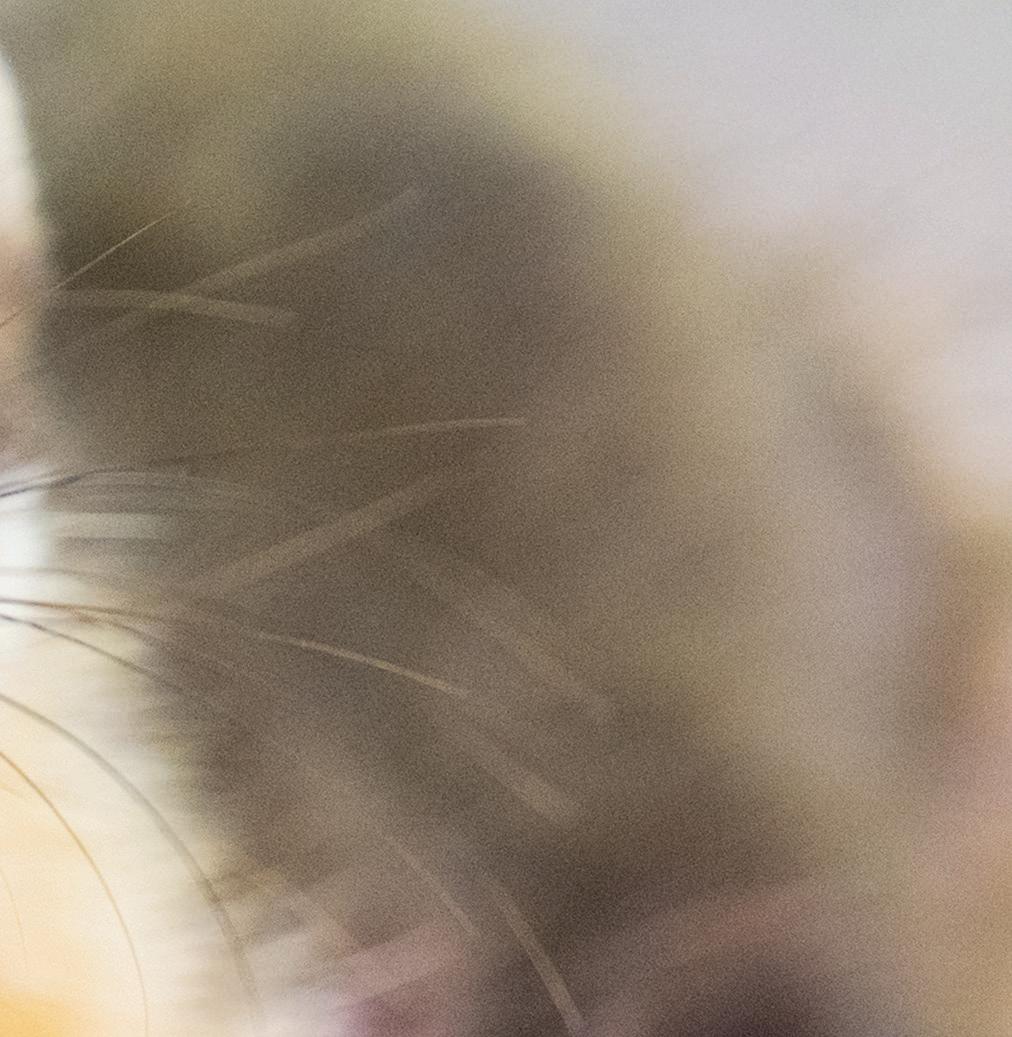
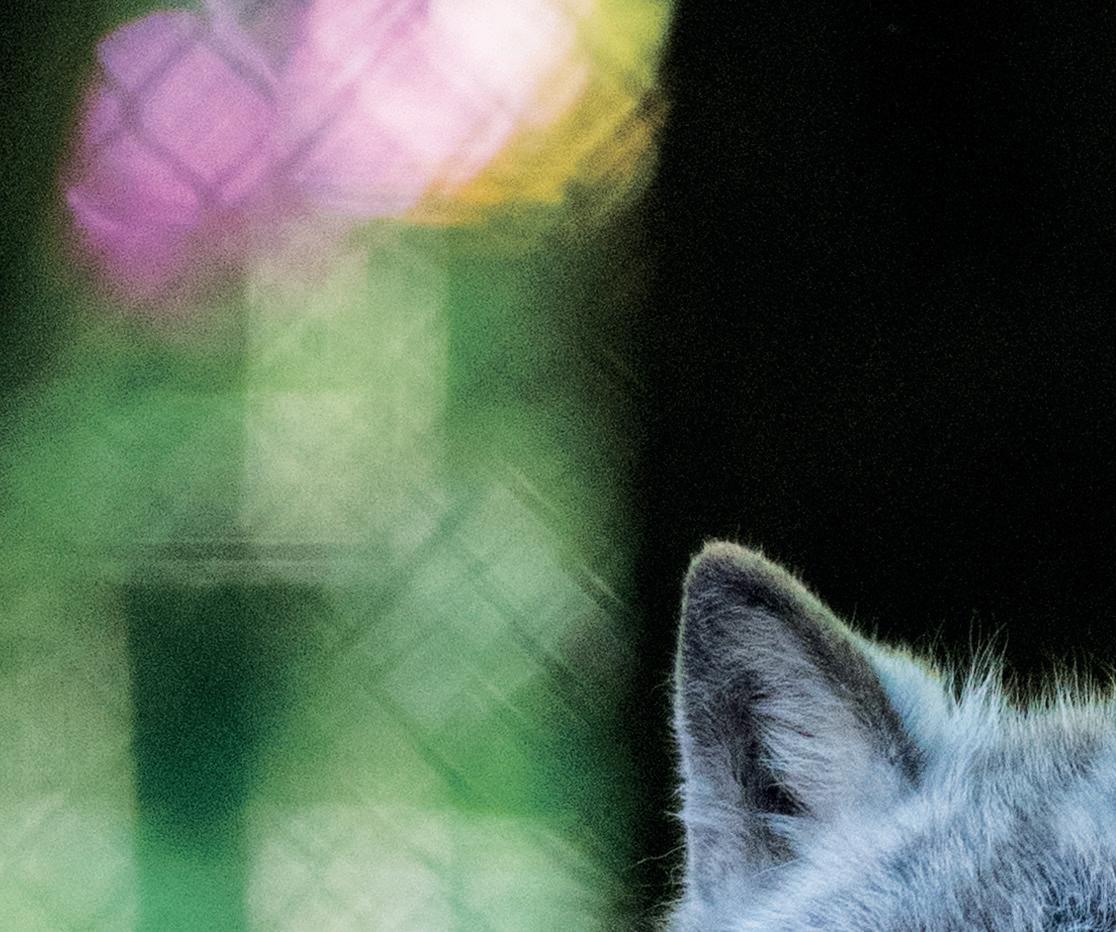
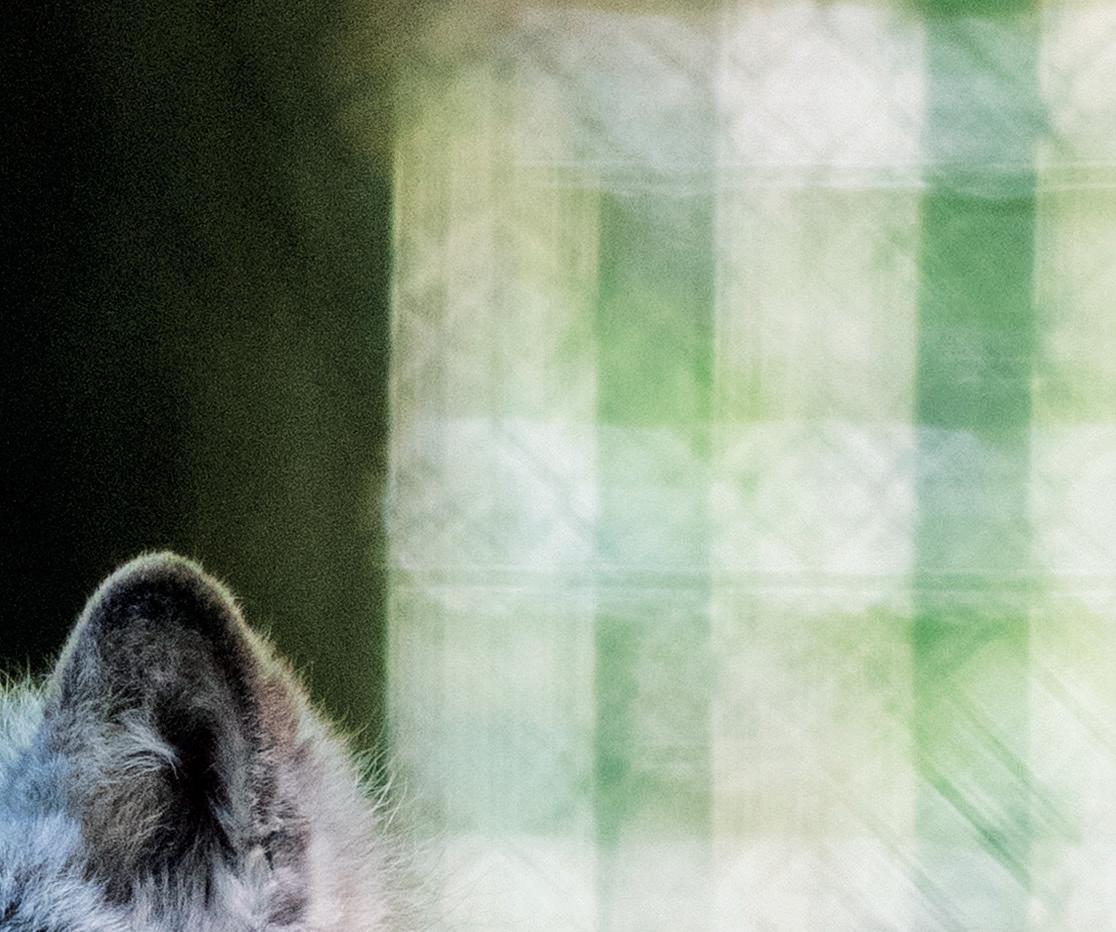
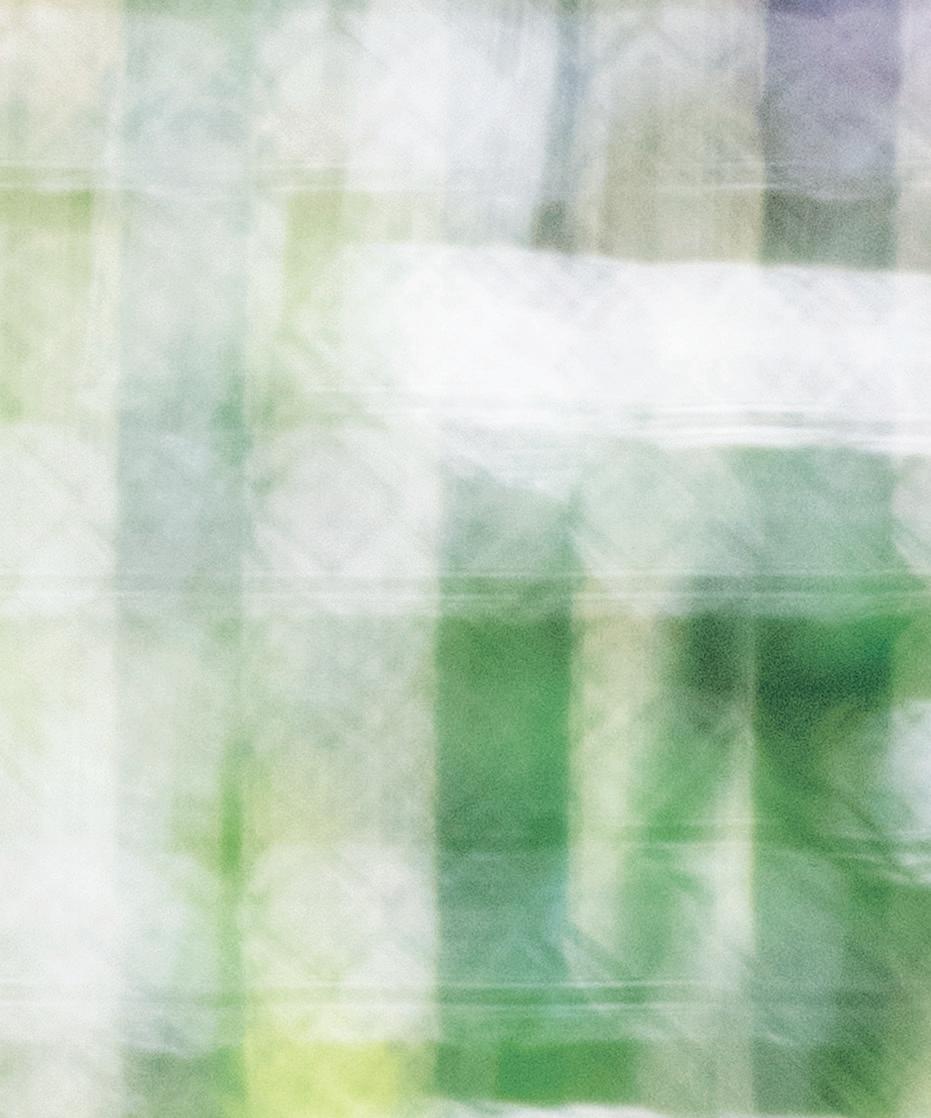
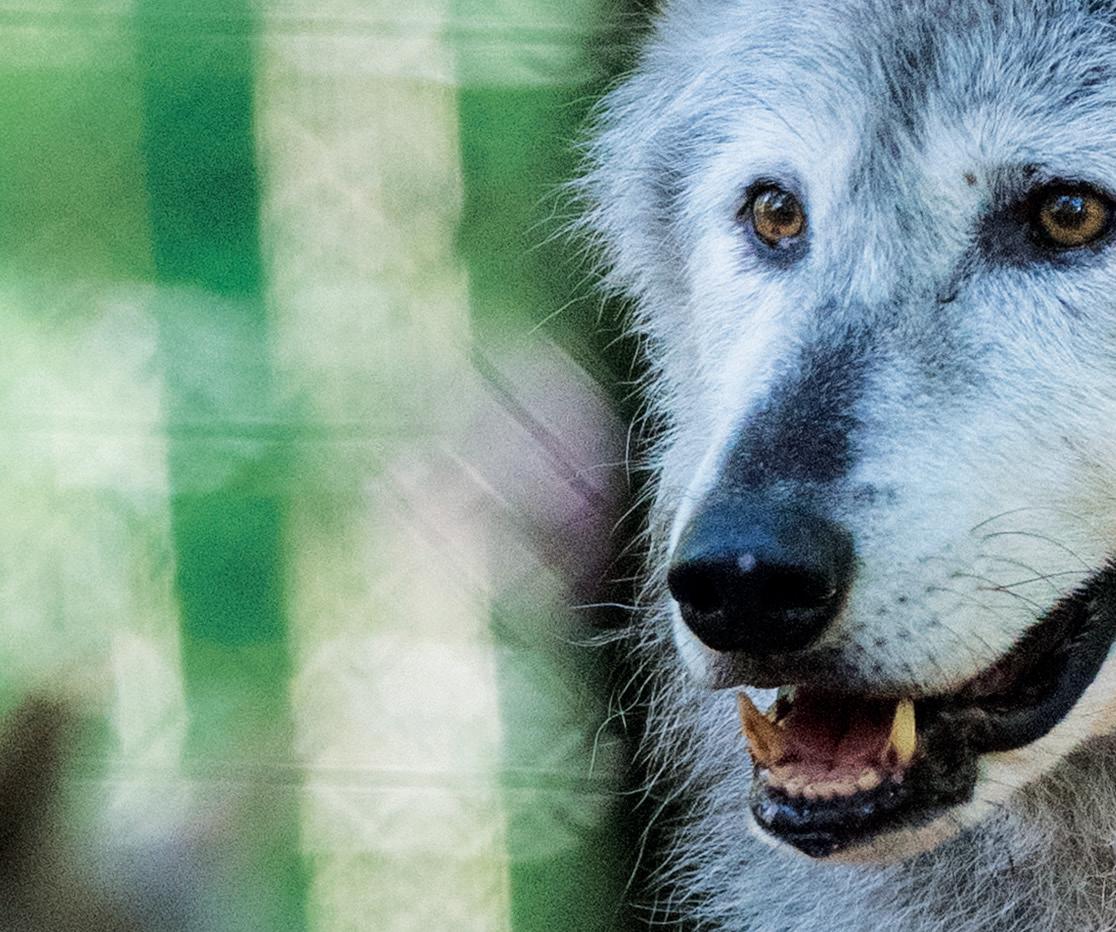
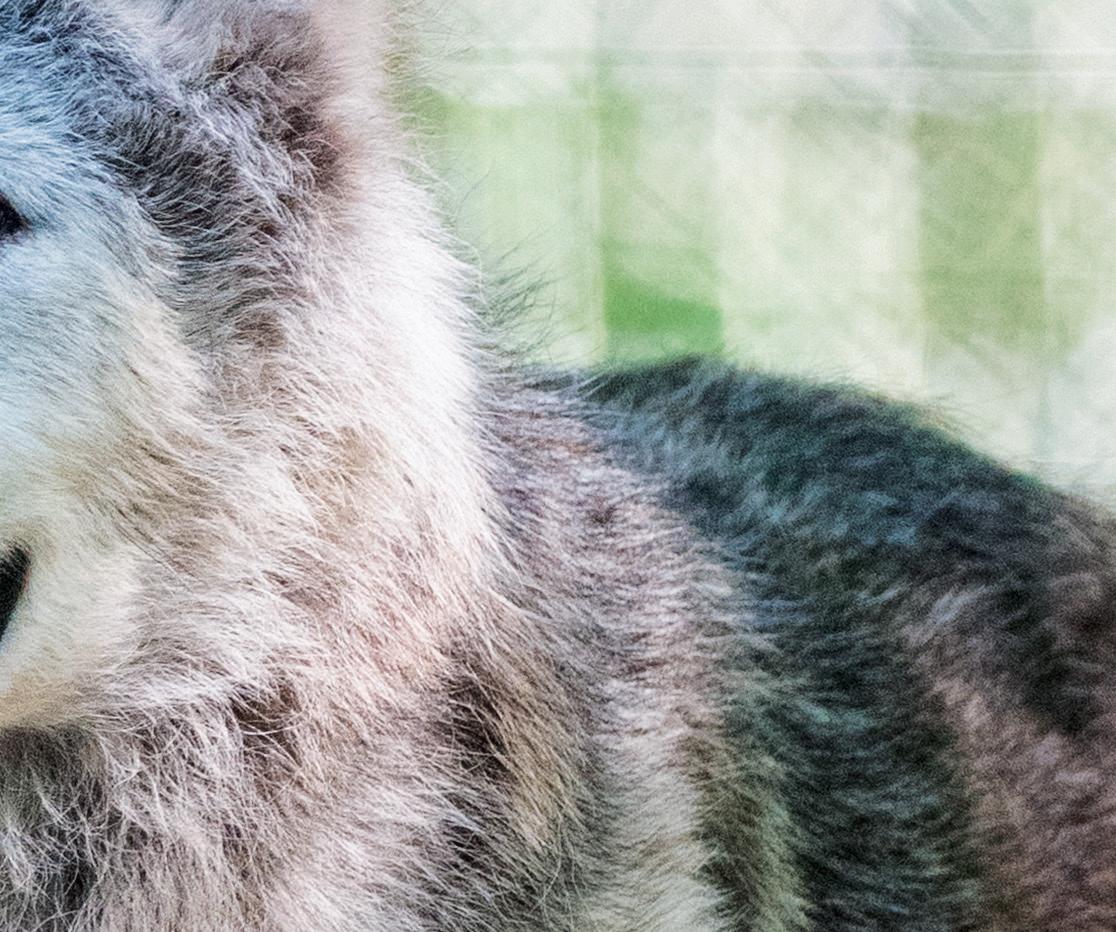
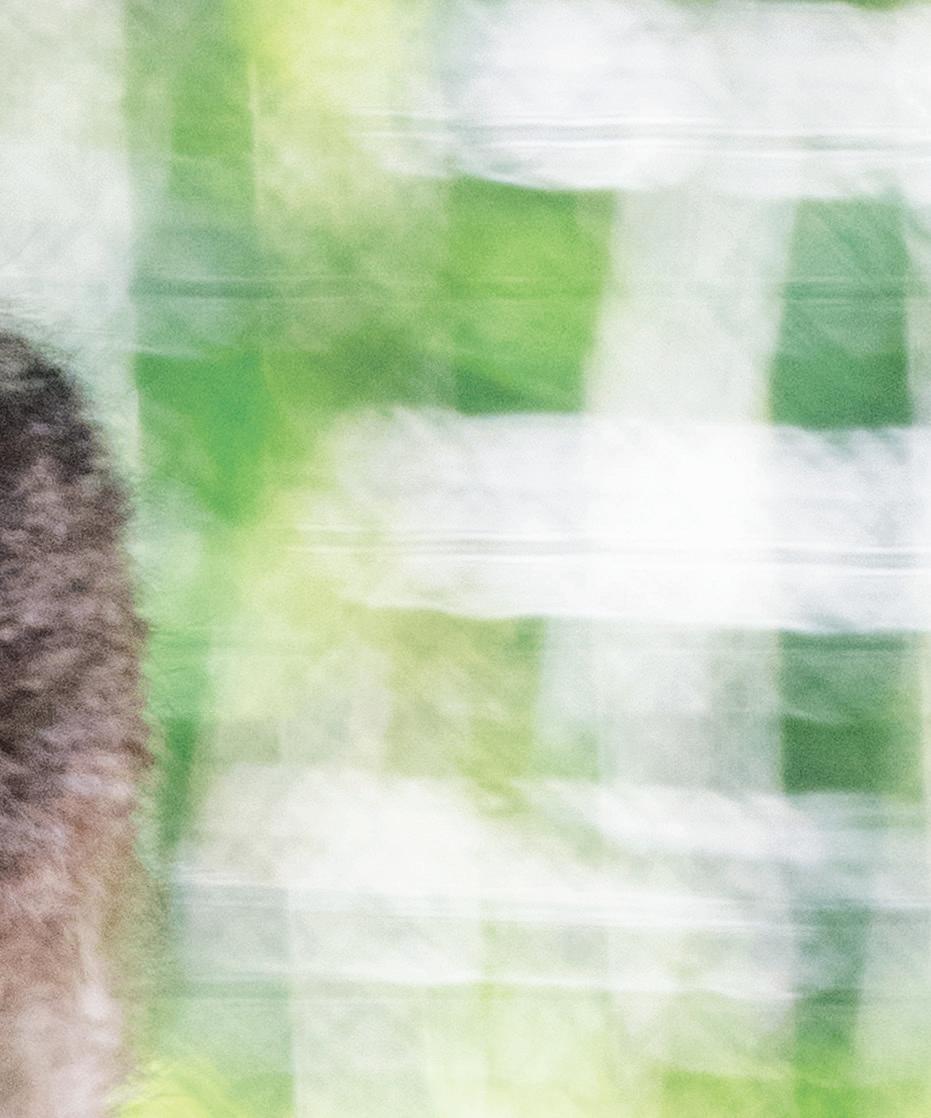
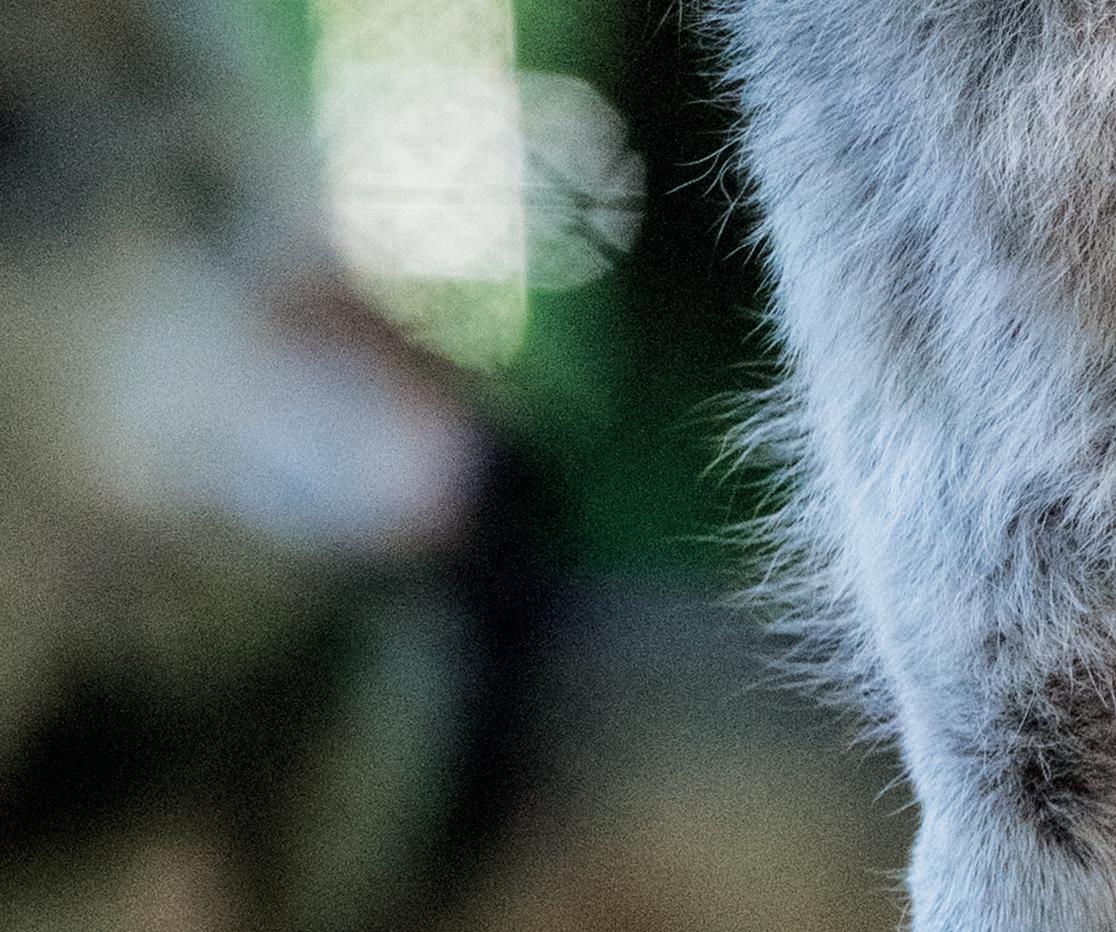
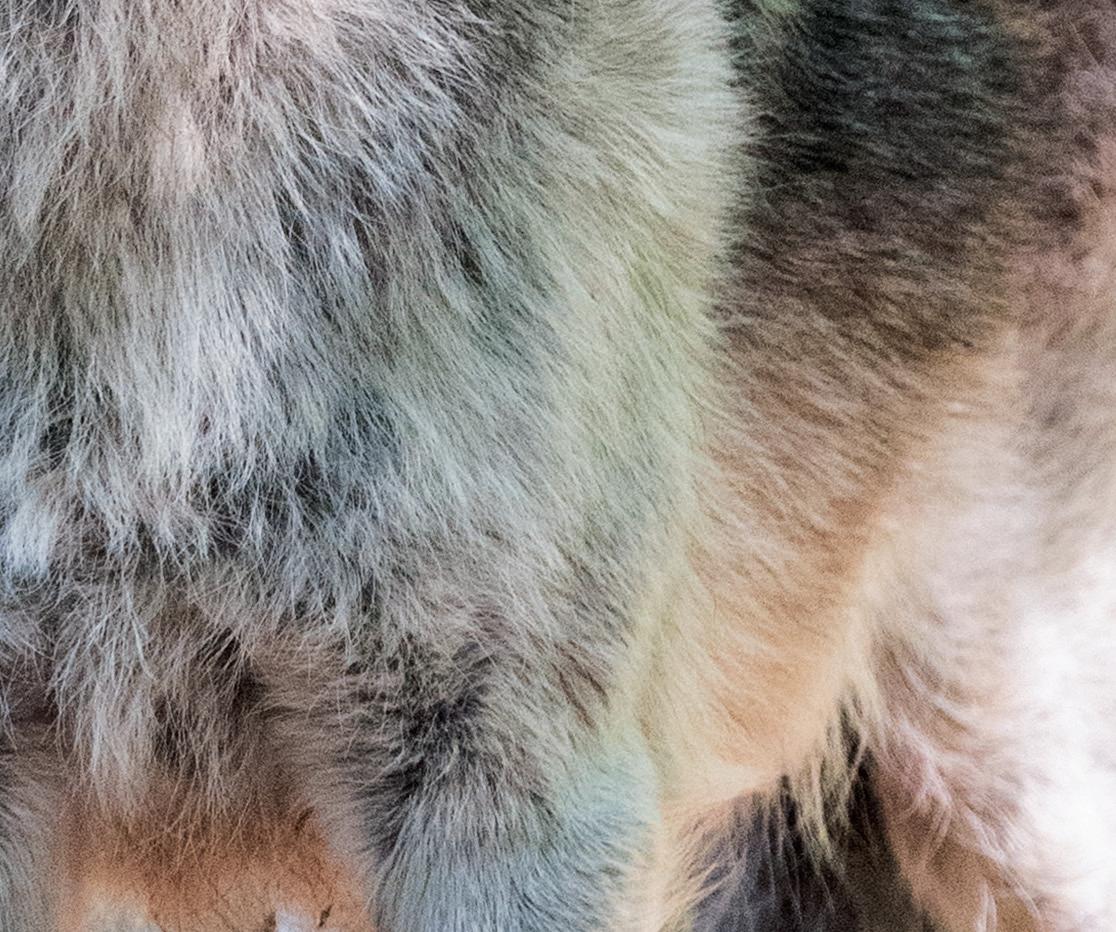
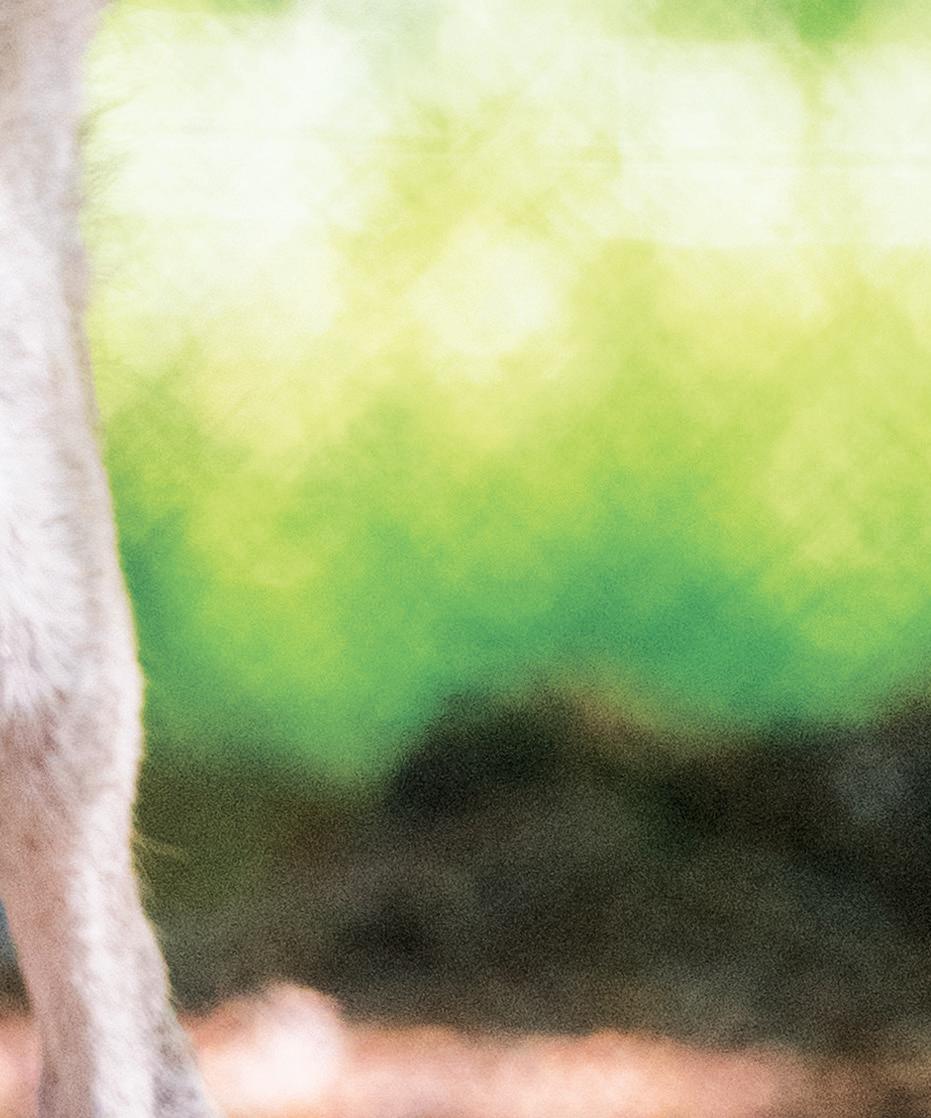
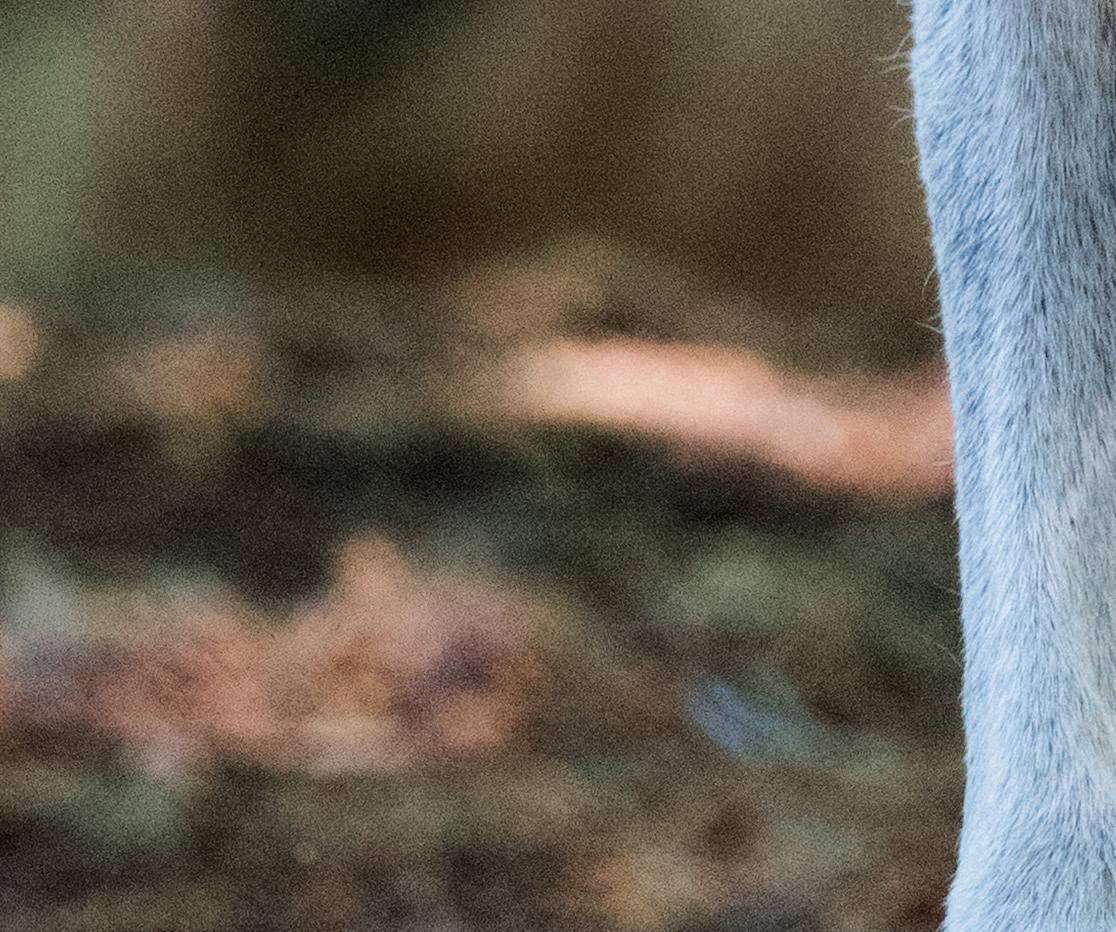
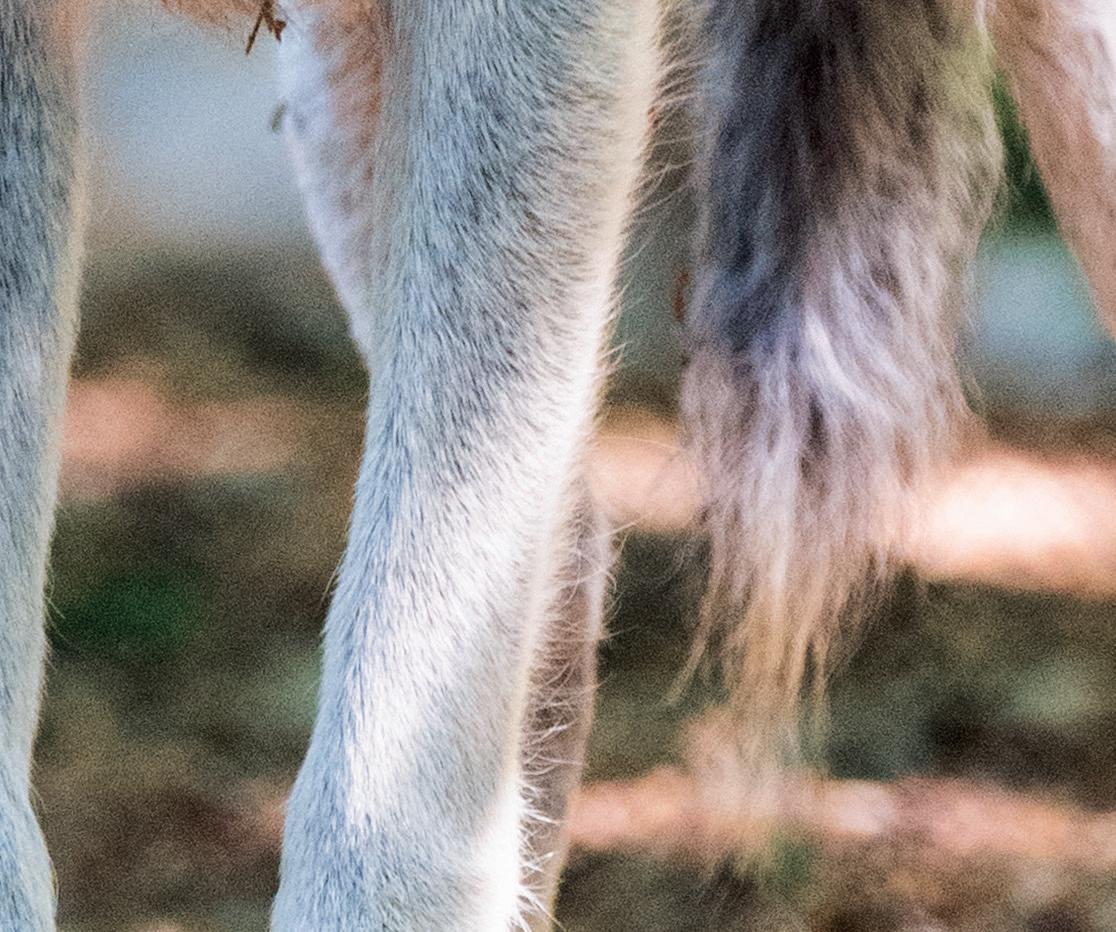
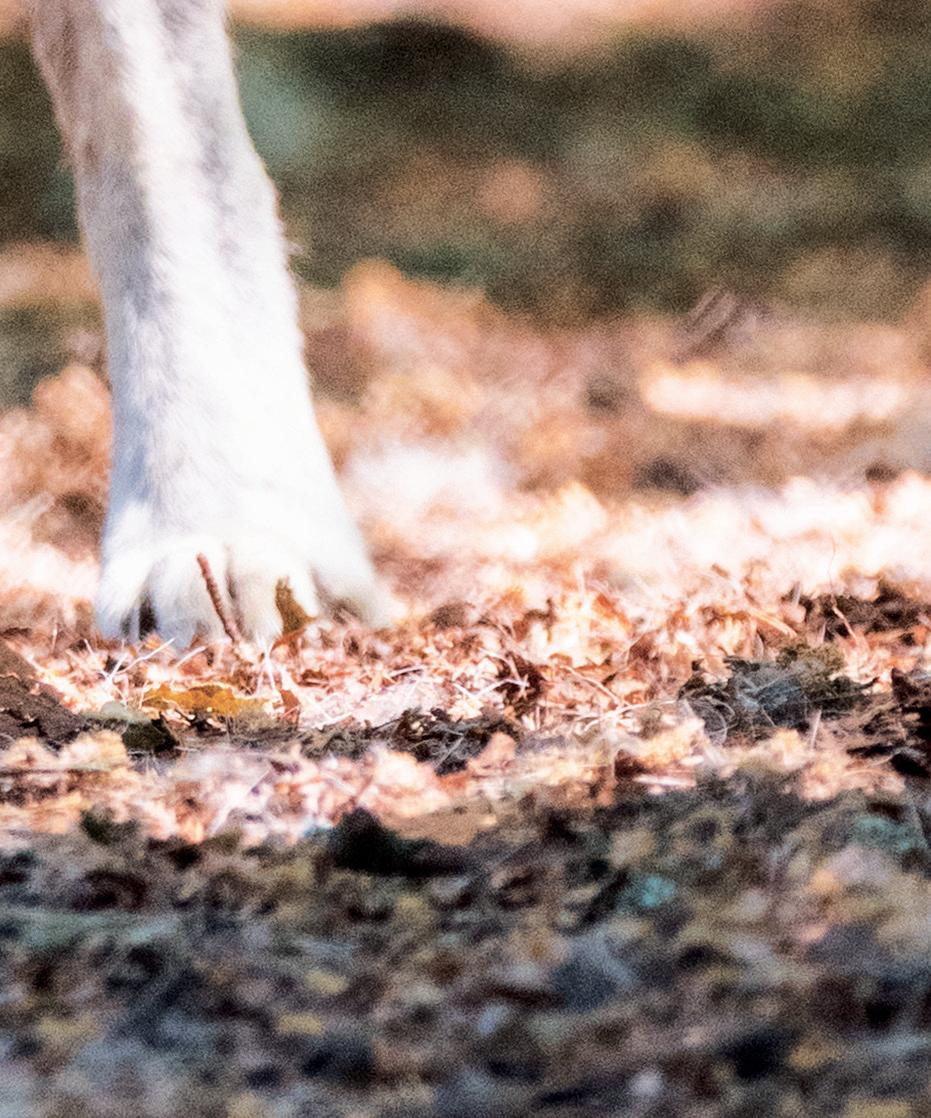
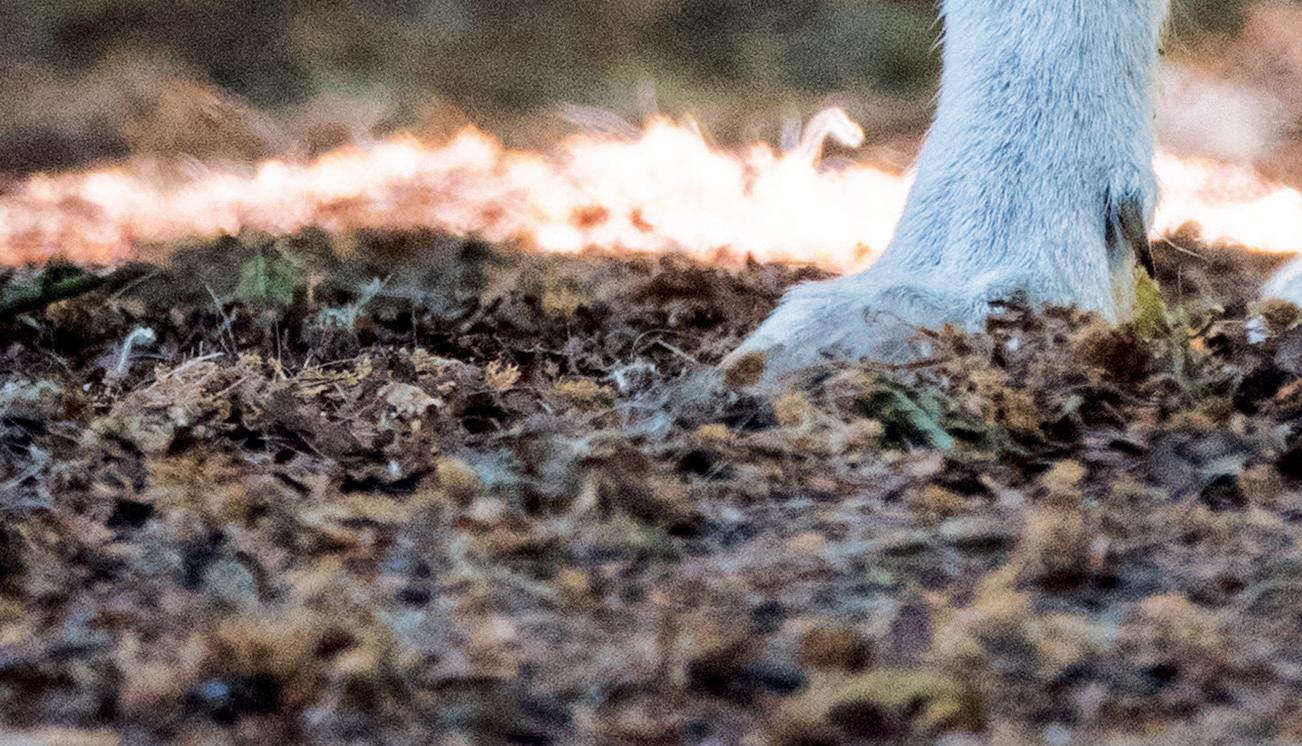
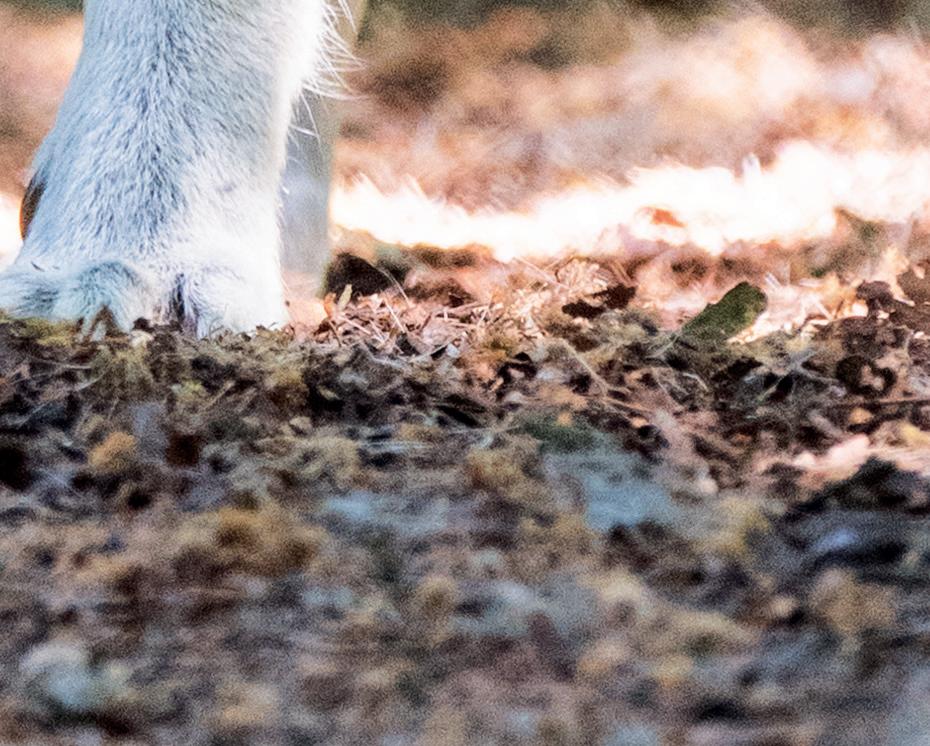
Learning to love UK wildlife
Naturally, as exotics keepers, we have a fascination with the weird and wonderful. This fascination can sometimes lead us to overlook the incredible wildlife and biodiversity we have on our own doorsteps. As a reptile enthusiast, herping in the UK can seem somewhat underwhelming compared with tropical locations across the world. However, it also brings with it a whole plethora of perks. Learning to love the nature on your doorstep means that you can be present for longer, visit the same spots more frequently, have access to all necessary equipment and schedule your days according to time and weather. All of these are brilliant tools in the arsenal of any avid wildlife watcher.
Will Parkinson is a wildlife photographer from the UK. After graduating from Falmouth University with a degree in Marine and Natural History Photography, he has turned his attention towards photographing the exciting species in the UK. However, Will understands that exotic species can often be more enticing to amateur photographers as he explained: “What really got me into UK wildlife was that I didn’t have the money to fly across the world to all kinds of exotic places to see lions, tigers etc… This limited me to staying close to home and doing research into UK wildlife and their behaviours. I ended up falling in love with quite a few UK species and now spend most of my spare time in a bush or laying in mud to get the best possible photos that I can. I don’t think that a lot of people realise how much wildlife we have here in the UK. One of my favourite species to photograph are Otters.” doorstep. Even in busy cities like London, you can see plenty of wild birds and even foxes. Woodland areas are generally your best bet for wildlife as it offers shelter and security for many animals. Keep an eye out along hedgerows for small burrows and potential fox dens. Also, a great investment is a pair of binoculars, they help me spot all sorts of animals while out on walks.”
Even those without a camera can get immense joy from wildlife watching. It’s very possible to have unforgettable encounters with incredible wildlife here in the UK, with a little bit of knowhow and patience. Even the enjoyment of bringing wildlife into the garden can provide some great entertainment.
“Do your research into a particular species that interests you” explained Will. “For example, badgers are nocturnal, so it is much more difficult to see them in the winter months. Start leaving out small amounts of food using birdfeeders and even get a camera trap. Make sure you keep as quiet as possible when you see anything to not scare it off and be respectful of its space.”
“Depending on where you live there is most likely wildlife on your
Interestingly, as exotics keepers we can find ourselves swayed by the weird and wonderful and forget to appreciate the wildlife directly in front of us. Will concluded: “Wildlife photography is like any other art form, it’s very controversial. Many people want to have photographs of a lion taking down a wildebeest in Kenya, whereas some people love to see images of nature they can see on a daily basis where they live. For me, personally, I find pleasure in watching someone look at a photograph taken just outside their home in astonishment, as they never knew an otter was 20 feet from them.”
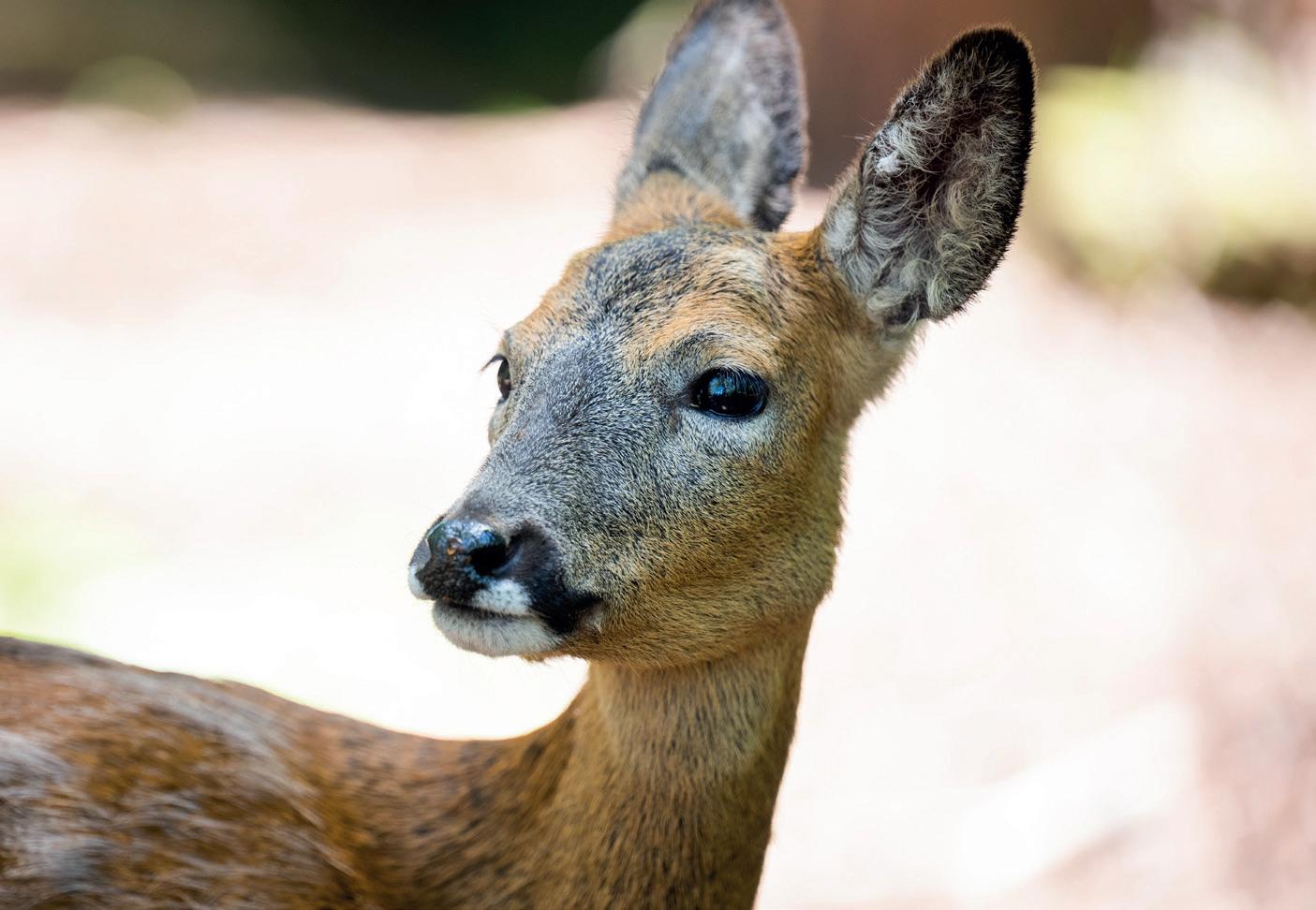
What Really is ‘Exotic’?
UK reptiles and amphibians
The UK has some truly amazing reptiles and amphibians. However, observing them in the wild is easier said than done. Reptiles are naturally rather cryptic in their behaviour and with most species facing severe threats of habitat loss, spotting wild reptiles in the UK is becoming increasingly more difficult. Furthermore, species such as the adder (Vipera berus) can be deeply affected by habitat disturbance, from removing scrub areas vital for mating and hibernation to actually disorientating the animal by moving it, reptile habitat preservation is vital.
Therefore, setting up a viable habitat within your own means that you can preserve is a great way to get close to UK reptiles. Creating a compost heap with a few sheets of corrugated metal on top should attract any nearby slow worms. If a body of water is also present, this is perfect for grass snakes too. Building a pond should give frogs and toads a place to spawn and lucky residents might even encourage newts into their back garden.
For those looking to go ‘herping’ in the UK, it is technically illegal for people to lift the corrugated metal placed around designated survey sites for UK reptiles. Therefore, encouraging animals into the garden is a much better way of observing them, whilst also giving you more opportunities to spot natural behaviour from the comfort of your own home.
For those who do not have the luxury of a rural garden space or allotment, certain countryside habitats lend themselves to reptiles. In the UK, heathland is an excellent habitat with the lowland heath in The New Forest and Dorset hosting all our native reptiles. Equally, adders can be spotted in heathland in Yorkshire and open woodland across the UK. Visiting these locations and following the countryside walks could prove fruitful for anyone hoping for a glimpse of native reptiles.
Ultimately, learning to love the wildlife on our doorsteps can bring huge benefits to the wider ecosystems and general attitudes towards conservation. Having a fascination with exotic animals from faraway lands is a brilliant way to inspire ourselves and those around us but finding value in all flora and fauna is the greatest way to preserve the worlds biodiversity.







